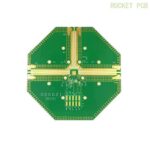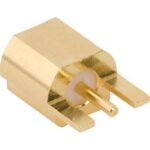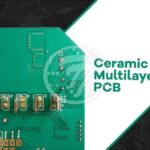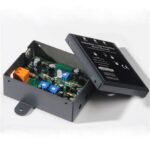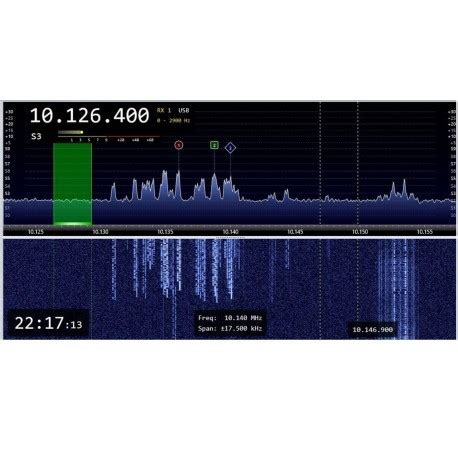
ALL ABOUT FLEX PCB
-
SDRplay RSP 2: A Radio Spectrum Processor
Posted by
–
 Read more: SDRplay RSP 2: A Radio Spectrum Processor
Read more: SDRplay RSP 2: A Radio Spectrum ProcessorIntroduction to SDRplay RSP SDRplay RSP (Radio Spectrum Processor) is a high-performance, affordable software-defined radio (SDR) platform that has revolutionized the world of radio communication. The SDRplay RSP 2 is the latest addition to the SDRplay family, offering enhanced features and capabilities compared to its predecessor, the RSP1A. This article […]
-
Touch Sensor: The Only Guide You Need
Posted by
–
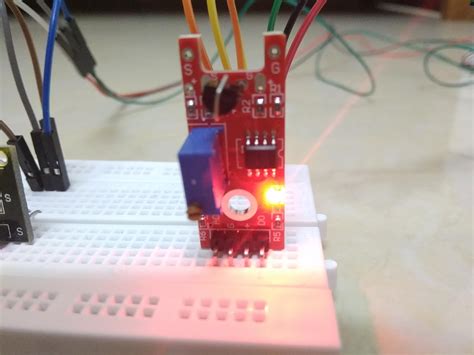 Read more: Touch Sensor: The Only Guide You Need
Read more: Touch Sensor: The Only Guide You NeedWhat is a Touch Sensor? A touch sensor, also known as a tactile sensor, is a device that detects and responds to physical contact or touch. Touch sensors are used in a wide variety of applications, from smartphones and tablets to industrial automation and robotics. They work by detecting changes […]
-
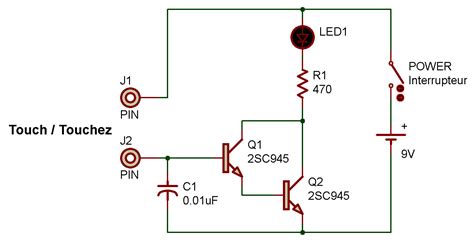 Read more: Touch Switch Circuits – Getting Started with Simple Circuits
Read more: Touch Switch Circuits – Getting Started with Simple CircuitsIntroduction to Touch Switch Circuits Touch switch circuits are an innovative and user-friendly way to control electronic devices. These circuits allow users to activate or deactivate a device simply by touching a designated area on the circuit board. Touch switch circuits have become increasingly popular in recent years due to […]
-
How does Functional Testing work in PCB Assembly
Posted by
–
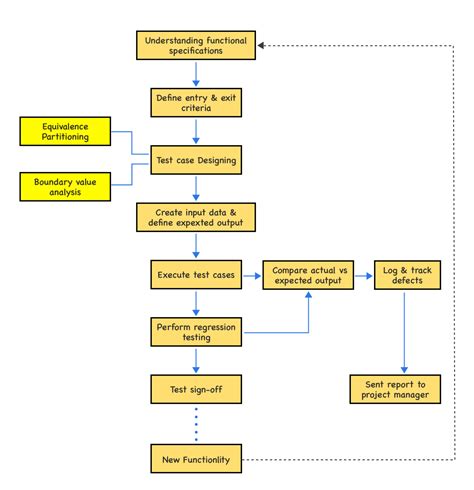 Read more: How does Functional Testing work in PCB Assembly
Read more: How does Functional Testing work in PCB AssemblyWhat is Functional Testing? Functional testing, also known as functional test, is a quality assurance (QA) process where a completely assembled and powered PCB is comprehensively tested to validate its functionality. The goal is to verify that the board does what it is supposed to do and meets all functional […]
-
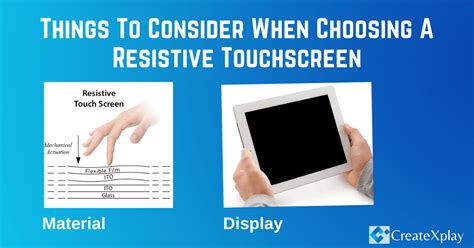 Read more: Resistive Touch Sensor: What It Is and How It Works
Read more: Resistive Touch Sensor: What It Is and How It WorksIntroduction to Resistive Touch Technology Resistive touch is a common type of touchscreen technology used in various electronic devices, including smartphones, tablets, point-of-sale systems, and industrial control panels. It offers a cost-effective solution for enabling touch input and has been widely adopted due to its reliability, durability, and compatibility with […]
-
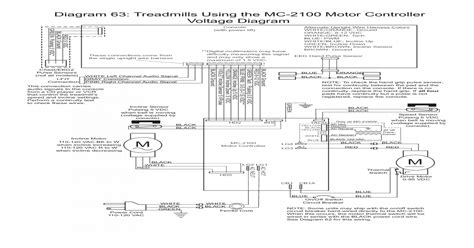 Read more: Treadmill Motor Controller Circuit Diagram: A Conclusive Guide
Read more: Treadmill Motor Controller Circuit Diagram: A Conclusive GuideIntroduction to Treadmill Motor Controllers A treadmill motor controller is an electronic device that regulates the speed and operation of the electric motor powering a treadmill. The motor controller circuitry ensures smooth acceleration and deceleration, maintains a constant speed under varying loads, and often includes safety features like automatic shut-off. […]
-
ENIPIG: Exceptional Surface Finish Technique
Posted by
–
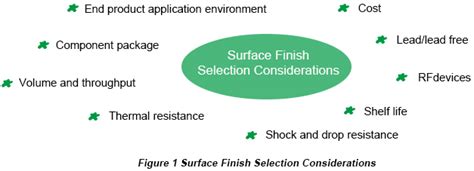 Read more: ENIPIG: Exceptional Surface Finish Technique
Read more: ENIPIG: Exceptional Surface Finish TechniqueIntroduction to ENIPIG Surface Finish Electroless Nickel Immersion Palladium Immersion Gold, commonly known as ENIPIG, is a state-of-the-art surface finish technology used in the manufacturing of printed circuit boards (PCBs). This advanced surface finish technique offers numerous benefits over traditional finishes, making it an increasingly popular choice in the electronics […]
-
MQ4 Gas Sensor: A Definitive Guide
Posted by
–
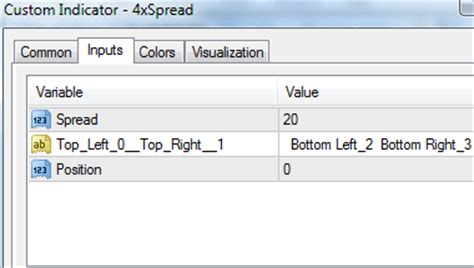 Read more: MQ4 Gas Sensor: A Definitive Guide
Read more: MQ4 Gas Sensor: A Definitive GuideIntroduction to the MQ4 Gas Sensor The MQ4 is a popular and versatile gas sensor used for detecting the presence and concentration of methane (CH4) gas in the air. Methane is a flammable, colorless, and odorless gas that is the main component of natural gas. The MQ4 sensor is widely […]
-
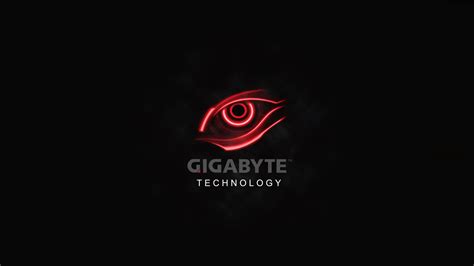 Read more: The History of Gigabyte’s Biggest Controversies and Innovations
Read more: The History of Gigabyte’s Biggest Controversies and InnovationsIntroduction Gigabyte Technology Co., Ltd. is a Taiwanese manufacturer and distributor of computer hardware. Founded in 1986, the company has grown to become one of the world’s leading motherboard and graphics card manufacturers. Throughout its history, Gigabyte has been involved in various controversies and has also introduced numerous innovations that […]
-
ARM Development Boards
Posted by
–
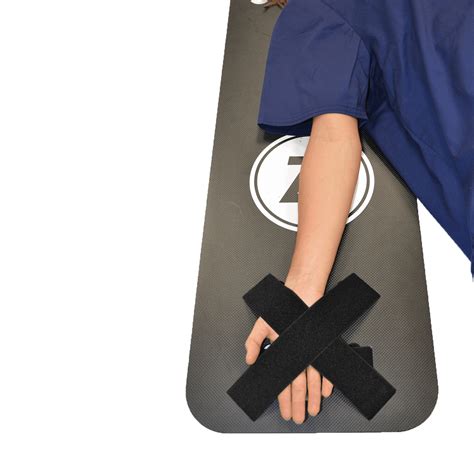 Read more: ARM Development Boards
Read more: ARM Development BoardsIntroduction to ARM Boards ARM (Advanced RISC Machine) is a family of reduced instruction set computing (RISC) architectures for computer processors, configured for various environments. ARM development boards are hardware platforms that allow developers to create, test, and debug applications based on ARM processors. These boards are essential tools for […]
